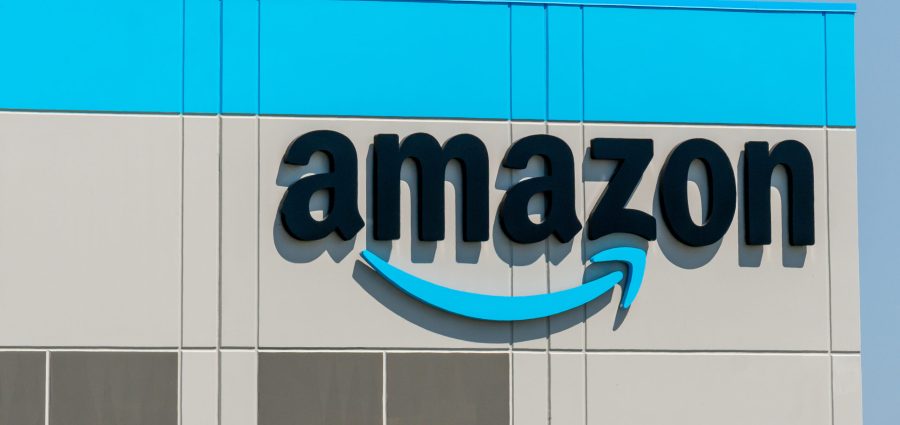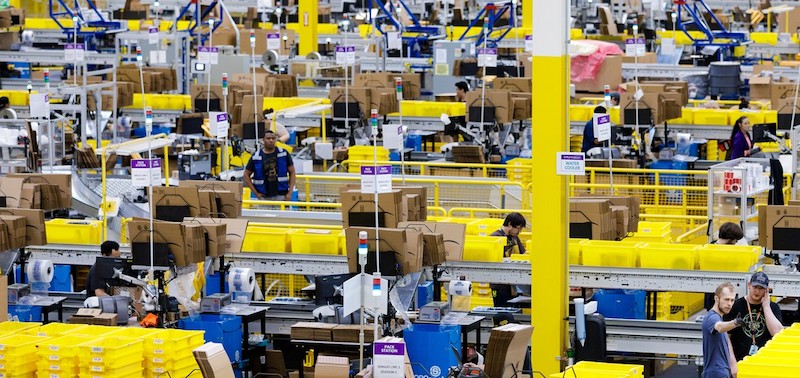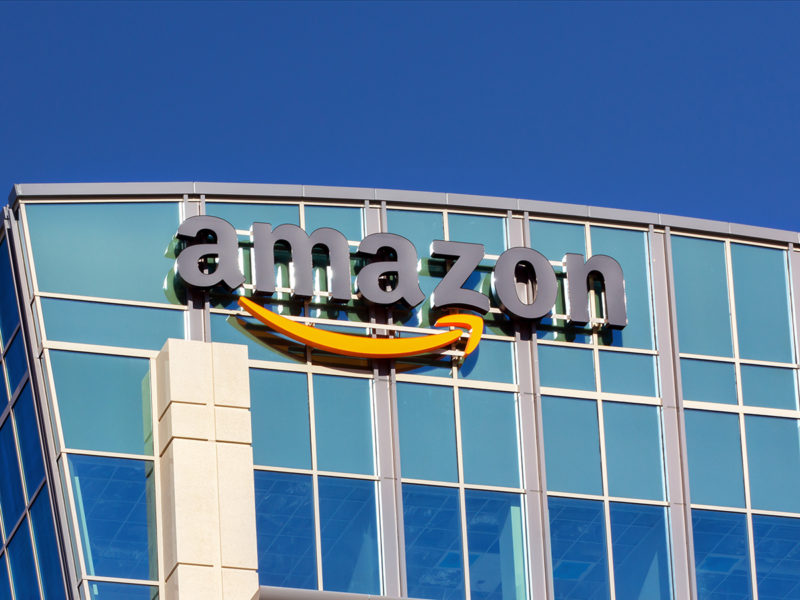E-commerce behemoth Amazon is looking to shed some excess space it added during the COVID-19 pandemic.
Citing a person familiar with the matter and a company spokesperson, the Wall Street Journal and Bloomberg reported May 23 that Amazon is looking to sublease at least 10 million square feet of warehouse space as it right-sizes its footprint after a recent slowdown in e-commerce demand. The total amount of space could eventually be as much as 30 million, the reports said.
The company — which reported its first quarterly loss in 7 years in late April — is reportedly also looking into options that would allow it to end or renegotiate current leases with some outside warehouse owners in some of its largest markets where it has excess capacity, including Atlanta, California, New Jersey and New York.
Amazon spokesperson Alisa Carroll told news outlets that such action is common in the real estate market.
“It allows us to relieve the financial obligations associated with an existing building that no longer meets our needs,” Carrol said, according to reports. “Subleasing is something many established corporations do to help manage their real estate portfolio.”
Amazon essentially doubled its footprint during 2020 and 2021 as pandemic lockdowns and general safety precautions led to soaring online demand from consumers spending much more time at home. But as economies re-opened throughout 2021, Amazon quickly found it had too much physical capacity.
On April 28, the company reported its first quarterly net loss — $3.8 billion — since 2015, compared with an $8.1 billion profit in 2021’s first quarter. The 1Q 2022 loss includes a pre-tax valuation loss of $7.6 billion related to an investment in the electric-vehicle startup Rivian Automotive. It followed two straight years of record profits.
“Our Consumer business has grown 23% annually over the past two years, with extraordinary growth in 2020 of 39% year-over-year that necessitated doubling the size of our fulfillment network that we’d built over Amazon’s first 25 years—and doing so in just 24 months,” CEO Andy Jassey said in Amazon’s 1Q earnings release. “Today, as we’re no longer chasing physical or staffing capacity, our teams are squarely focused on improving productivity and cost efficiencies throughout our fulfillment network. We know how to do this and have done it before.”
Related Posts
-
The online retailer and e-commerce company reported 2021 4Q sales of $137.4 billion, while year-end…
-
The online retail and e-commerce giant says hubs in Austin and Phoenix will create jobs…
-
The foodservice and sanitation distributor has acquired Janitor’s Warehouse, Inc., a distributor of janitorial and…






